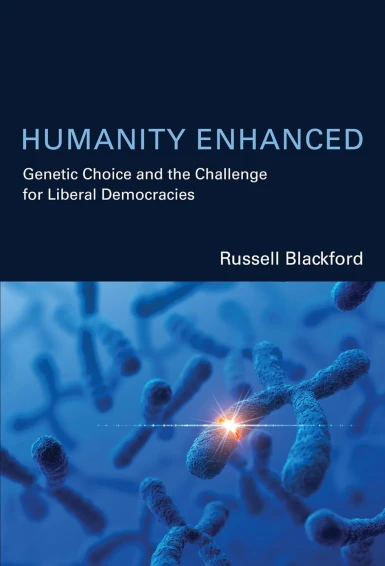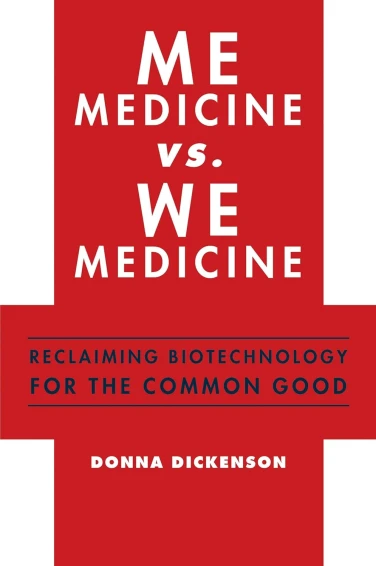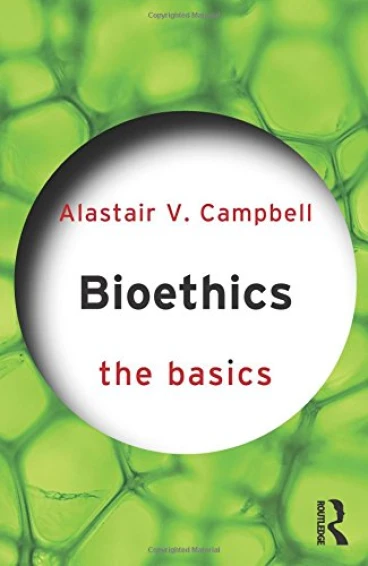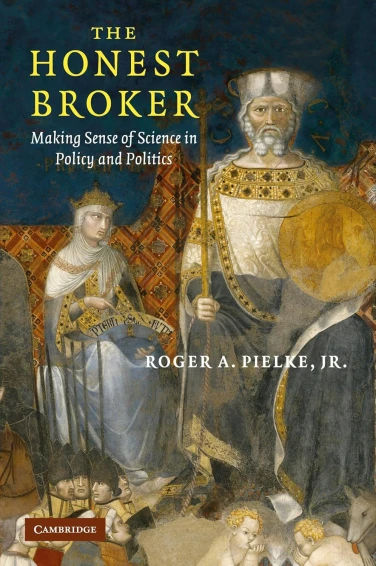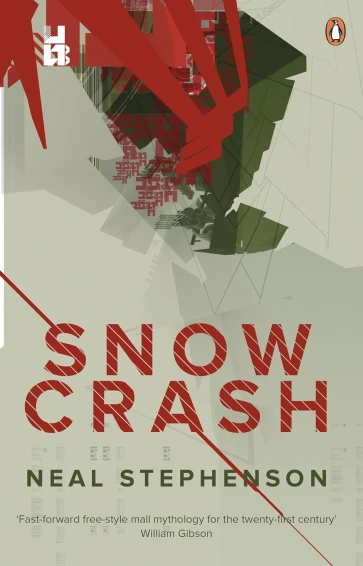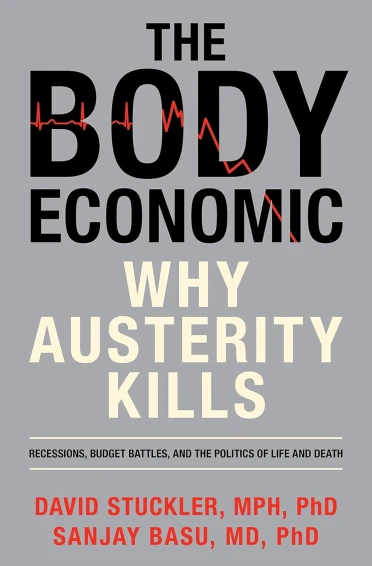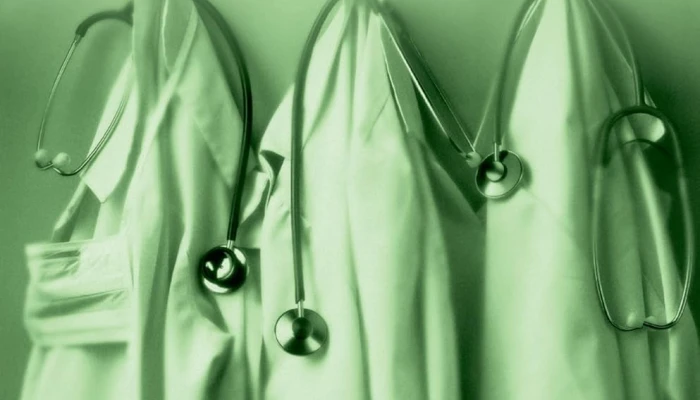
By Robert M. Veatch
OUP
ISBN 978-0-19-531372-7
RRP: £16.99
Recently IT giants Microsoft and Google have begun to take their ongoing battle for supremacy into the surprising field of healthcare. As they channel their efforts towards developing search tools, utilising the vast amount of health resources available online and cracking the efficient (and safe) management of personal health records online, the emergence of Google Doctor could well become a reality into the future. To some the very idea of having a check up on line or obtaining a diagnosis from a virtual doctor is a just another part of the online lifestyle. To others, it is another futuristic craze. In many respects it highlights the growing trend which has emerged over recent years for patient autonomy.
The recent book by Robert M. Veatch, Patient heal thyself: How the new medicine puts the patient in charge addresses this very idea, arguing for and promoting a new paradigm for medicine which places patient firmly at the centre of all decision making in terms of medical treatment and care. Veatch is one of the leading bioethicists in the USA, having previously held the position of Senior Associate at the Hastings Center before moving to the Kennedy Institute of Ethics where he has served as director and Professor of Medical Ethics.
The patient self determination movement, which first began to emerge in the 1960s, helps to mark the start of this ground swell of patient power sentiment. Unquestioned authoritarianism was thrown off in favour of welcoming the patient into a greater level of participation in the treatment process. Patient autonomy began to rule as did principlism, epitomised by Beauchamp and Childress. With a focus on “providing frameworks of general guidelines that condensed morality to its central elements” (Beauchamp 2001, p.479), principles such as respect for autonomy, nonmaleficience and beneficence and justice began to be promoted in order to help frame the remit of professional roles and traditions. Autonomy referring to patient’s freedom to determine what is in their best interests. Justice constituting fairness and equal opportunity to how each individual is treated. Nonmaleficience in terms of the physician’s obligation to ‘do no harm’ and beneficence a continuation of this with regard to the physician only doing what will protect and promote the patient’s wellbeing.
Structure
Veatch’s contribution to this debate in the form of Patient, heal thyself, is divided into three parts, with each part comprising approximately 7 chapters. The chapters read well with the author constructing his arguments concisely and in a lucid manner. Consequently, the chapters are not too long and make appropriate use of case studies to illustrate the arguments made by the author. In the preface, Veatch notes that certain ideas contained in the book will not be totally new to some readers as many strands to the book’s argument have ‘germinated’ in partial form through journal articles published over recent years. The book therefore pulls the argument together in one volume with various ideas refined and sharpened in focus, representing a useful source for those interested in the metamorphism of contemporary bioethics.
Without doubt the book’s prime target audience will be the physician and those involved in the direct care and treatment of patients. This being the case, the book may well prove to be a frustrating and annoying read causing the blood of many in the medical profession to boil! Nevertheless, given that the debate over patient autonomy and which direction the doctor-patient relationship should head into the future show no sign of abating, this is a subject that continues to calls for engagement and discussion. Thus, Veatch’s contribution is needful if controversial and provocative at points making the body an essential read for students of medical ethics.
Key issues
“Who has the responsibility to make medical decisions?” constitutes the key question which this book seeks to address and discuss. In his opinion, Veatch embarks upon a substantial critique of the Hippocratic approach to medicine which he believes is out of date and not fit for purpose in the 21st century.
Doctor no longer knows what is best for you. Veatch understands modern medicine to mean that the physician represents the one who is skilled and trained in medical knowledge and skills. Consequently, in light of their training the physician understand and are far better placed to weigh and consider the various treatment options. In so doing they can then advise and recommend to the patient the most appropriate course of action. Whilst the final decision on which option to take is left to the patient, the patient’s rationale for making that decision is informed by the doctor’s knowledge and expertise. This moral understanding is firmly rooted in the Hippocratic Oath the third paragraph of which reads “I will follow that system of regimen which according to ability and judgement, I consider for the benefit of my patients and abstain from whatever is deleterious and mischievous”.
In Veatch’s opinion, this scenario simply cannot be sustained into the 21st century. The physician’s advice is skewed by value judgements and although their advice is worth something the author argues it cannot attempt to comprehend what the patient really needs or requires. Only the patient can answer that. The right treatment option can never be given solely on the doctor’s medical knowledge.
At this juncture Veatch’s argument sounds logical and worthy of further consideration. A useful contribution to the book is the author’s use of examples which appear to help to illustrate the points he wishes to make. In particular, examples which demonstrate the matter of value judgement creeping into decision making abound. For example, in the case of a patient with a broken arm, determining how long the cast will remain on the arm if left to the decision of the doctor constitutes various value trade offs and is far from objective. If it was left to the patient to decide, he may wish to keep the cast on for another couple of weeks beyond the average just to be on the safe side and vice versa.
Interestingly and depending upon your interpretation of the Oath, this sentiment does not contradict the Hippocratic Oath which the author is so keen to see relegated to the annals of history. In reference to the Oath’s second reference to benefit, it states that “Into whatever houses I enter, I will go into them for the benefit of the sick”. This statement does not imply that ‘doctor knows best’ and will overrule any sense of the patient’s wishes, concerns or values. Rather it highlights the physician’s motivation to do what will benefit the patient. In determining this benefit, it will surely involve the contribution and consideration of factors which can only be offered by patient alongside that of the medical expertise and knowledge of the physician.
‘The New Medicine’ paradigm
Without doubt Veatch is a key protagonist for a new medical paradigm to be introduced which he refers to as the ‘new medicine’. This new paradigm places the patient firmly in the central decision making role, where they determine what does and does not take place. The author does concede that there are exceptions to this for example in cases where the patients are not capable of making their own decisions. Nevertheless, in all other cases the power should rest with the patient and not medical staff, causing a revolution in interaction and engagement across the professions of not just the medical profession but also those involved in health care insurance. For instance, a move towards patient autonomy has direct implications for how insurance policies are brokered.
Relegating the physician to a role of ‘Patient Assistants’, Veatch strongly advocates that a physician should never presume to prescribe medication or decide upon a certain course of action for an individual as they simply cannot understand nor assume the position of what personal values the patient in question may hold to in terms of the factors such as dosage form of the medication, the quantity and the duration of treatment. These decisions should be based on the patient’s values and not the physician’s. To be clear, the author still advocates a role for the physician in terms of offering his expertise and knowledge to the patient. However, this is merely to be one of many sources which are to be considered by the patient within their own framework of understanding and decision making.
The importance of language
The book does explore further the implications of this new paradigm addressing the issue of language and terminology. The use and power of language is often overlooked but it plays an incredible strategic and influential role in helping to shape and direct interaction and relationship. Consequently, in Veatch’s opinion ‘doctor’s orders’ speaks very much of a relationship between doctor and patient which considers the patient’s subservient to the ‘orders’ and directions of the doctor. Likewise, terminology such as ‘being discharged’ is something akin to being discharged from the armed services or some other similar unit of organized people under the specific authority and command of a high ranking individual. The author even goes as far as to suggest that even the term ‘patient’ should be abandoned due to its association with suffering and passivity.
Value judgements
The book certainly helps to identify and highlight the issue of how value judgements play a part in the decision making process. In many respects, this is nothing new and is something that is touched upon when an individual seeks a ‘second opinion’. The same set of test results may lead one doctor to conclude a particular course of action is necessary whilst to another doctor a completely different set of conclusions could be arrived at. In this respect, Veatch contributes nothing new to the discussion.
It is where this response to value judgements takes him which is the crucial issue. This idea acts as a launch pad for Veatch’s polemic. He proceeds to argue that the whole relationship should be turned upside down with the patient at the controls and dismissive of the role of the doctor. The training medical staff undertaken is disregarded and the role of doctor relegated to a mere assistant or counsellor. To this reviewer, this sounds rather extreme and actually unnecessary should other options be considered. Veatch’s argument can be taken as a provocation to physicians to make the decision making process more transparent and honest in terms of making their own value judgements apparent to the patient as well as helping the patient to make decisions which incorporate and pay appropriate respect to the patient’s own values and wishes. This seems like a worthwhile and valuable route to take and seek to hold to, in contrast to Veatch’s more revolutionary stance of removing the doctor’s almost entirely from the process.
Trust and partnership
What this whole issue brings to the reader’s attention is the question of trust. The author appears to dismiss any sense of the physician and patient entering into a partnership together. In contrast to Veatch, this is an idea that Prof Julian Savulescu favours in terms of the doctor making all things considered value judgements about what is best for their patients and the two reasoning together . In many respects, patients will often appreciate the opportunity to consider the facts themselves and allow their wishes to be heard but at the end of the day return to the fact that the doctor is trained and experienced in medicine. Therefore, they trust the doctor’s advice and direction as to the best treatment option to pursue.
On this issue of doctor-patient relationship, the book is lacking and does not adequately discuss and explore this matter in the context of the ‘new medicine’ paradigm. In many respects the author may believe it was not working exploring this idea any further because there is simply no place (or need) for such a relationship to exist. Harsh though it may sound, this appears to be the case which Veatch is proposing favouring more of a contractual agreement to be established instead of a relationship. The physician offers his or her advice and services within a set of clearly defined parameters for the patient to use at their discretion.
By logical progression, what happens should the patient be incapacitated and unable to make decisions is not substantially covered nor addressed in the book. Given that this is a complex and difficult situation to tackle at the best of times, the revolutionary nature of Veatch’s thesis clouds the water even more as opposed to bringing much needed clarity on this important issue.
‘Patient, heal thyself’ certainly helps to sharpen current thinking and consolidates ideas on how the responsibilities of doctors intersect with the needs of patients and how this can be improved. Whilst the end result will probably not find appeal amongst many in the medical profession it nevertheless provokes further discussion towards finding a better alternative to the near certain anarchy which would surely reign should Veatch’s ideas be followed to the letter.




